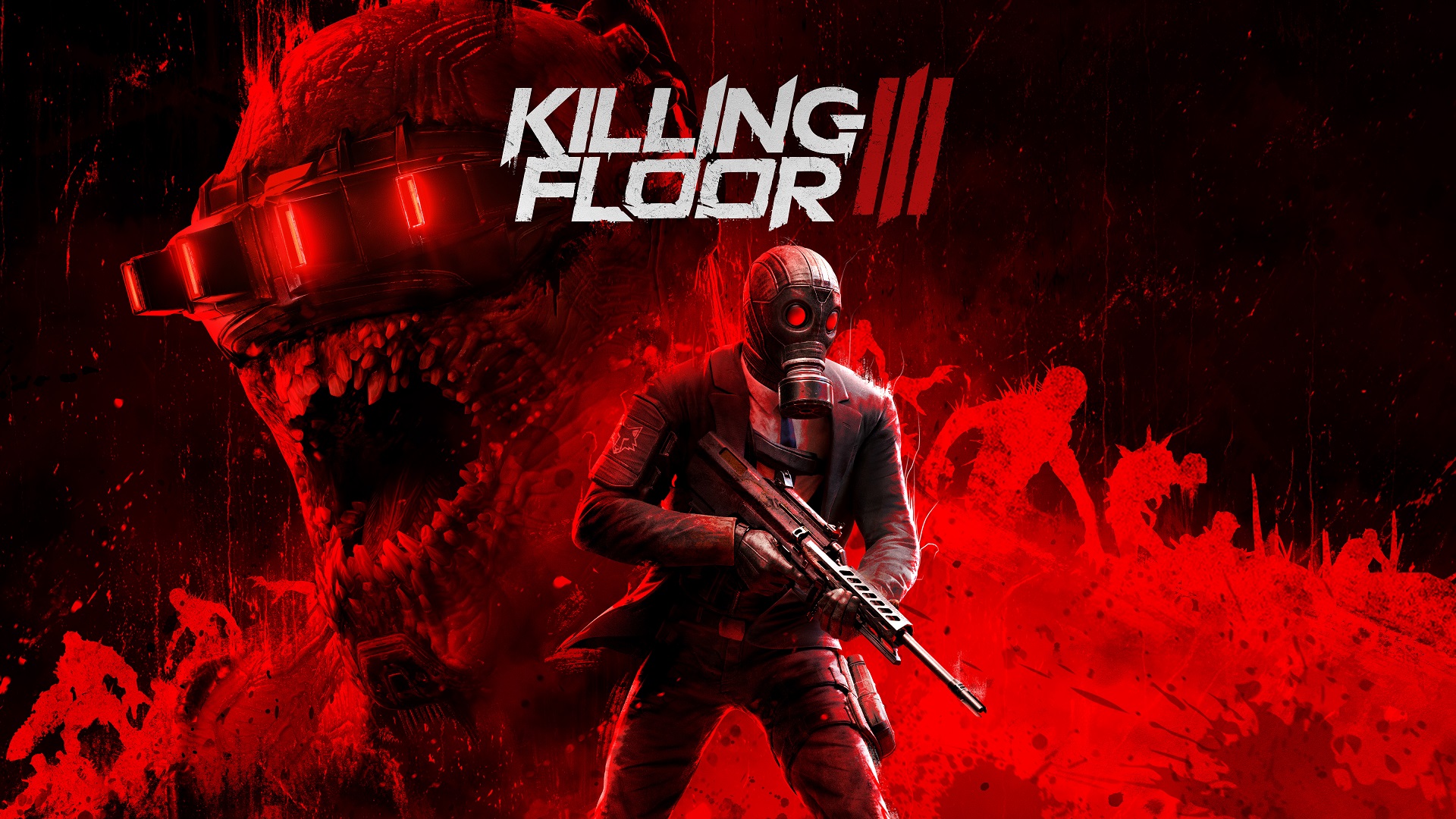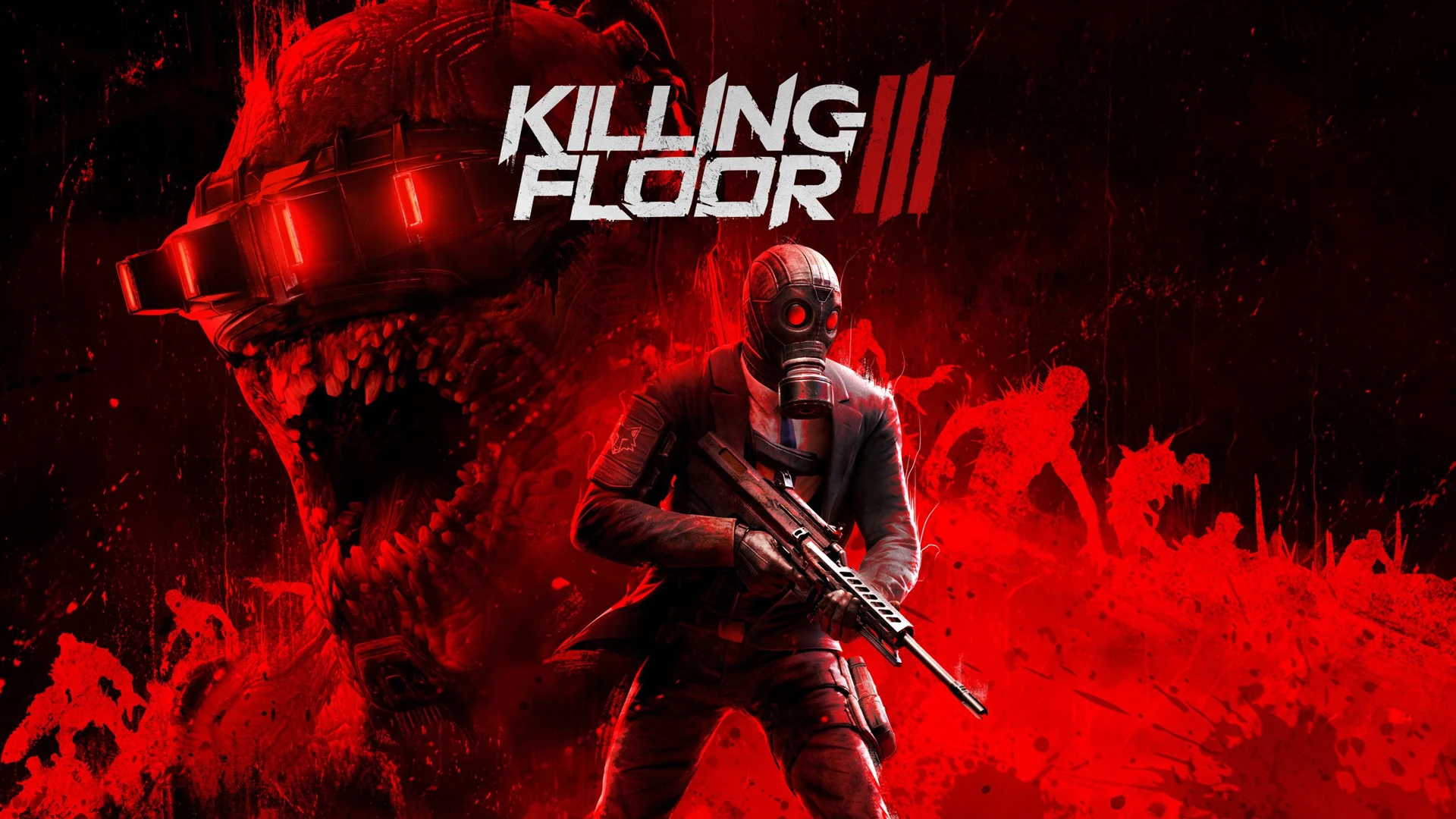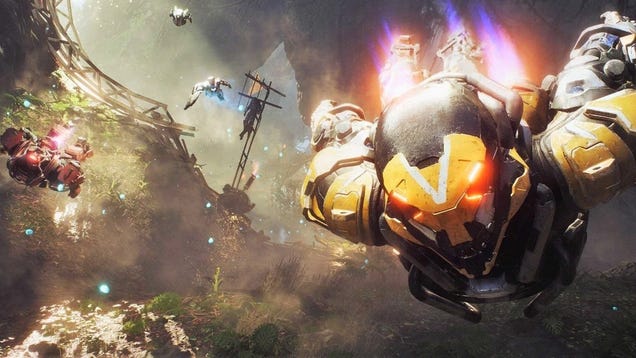Spotify and Apple are killing the album cover, and it’s time we raised our voices against this travesty! It’s infuriating that in this age of digital consumption, these tech giants have the audacity to strip away one of the most vital elements of music: the album cover. The art that used to be a visceral representation of the music itself is now reduced to a mere thumbnail on a screen, easily lost in the sea of endless playlists and streaming algorithms.
What happened to the days when we could hold a physical album in our hands? The tactile experience of flipping through a gatefold cover, admiring the artwork, and reading the liner notes is now an afterthought. Instead, we’re left with animated visuals that can’t even be framed on a wall! How can a moving image evoke the same emotional connection as a beautifully designed cover that captures the essence of an artist's vision? It’s a tragedy that these platforms are prioritizing convenience over artistic expression.
The music industry needs to wake up! Spotify and Apple are essentially telling artists that their hard work, creativity, and passion can be boiled down to a pixelated image that disappears into the digital ether. This is an outright assault on the artistry of music! Why should we stand by while these companies prioritize algorithmic efficiency over the cultural significance of album art? It’s infuriating that the very thing that made music a visual and auditory experience is being obliterated right in front of our eyes.
Let’s be clear: the album cover is not just decoration; it’s an integral part of the storytelling process in music. It sets the tone, evokes emotions, and can even influence how we perceive the music itself. When an album cover is designed with care and intention, it becomes an extension of the artist’s voice. Yet here we are, scrolling through Spotify and Apple Music, bombarded with generic visuals that do nothing to honor the artists or their work.
Spotify and Apple need to be held accountable for this degradation of music culture. This isn’t just about nostalgia; it’s about preserving the integrity of artistic expression. We need to demand that these platforms acknowledge the importance of album covers and find ways to integrate them into our digital experiences. Otherwise, we’re on a dangerous path where music becomes nothing more than a disposable commodity.
If we allow Spotify and Apple to continue on this trajectory, we risk losing an entire culture of artistic expression. It’s time for us as consumers to take a stand and remind these companies that music is not just about the sound; it’s about the entire experience.
Let’s unite and fight back against this digital degradation of music artistry. We deserve better than a world where the album cover is dying a slow death. Let’s reclaim the beauty of music and its visual representation before it’s too late!
#AlbumArt #MusicCulture #Spotify #AppleMusic #ProtectArtistrySpotify and Apple are killing the album cover, and it’s time we raised our voices against this travesty! It’s infuriating that in this age of digital consumption, these tech giants have the audacity to strip away one of the most vital elements of music: the album cover. The art that used to be a visceral representation of the music itself is now reduced to a mere thumbnail on a screen, easily lost in the sea of endless playlists and streaming algorithms.
What happened to the days when we could hold a physical album in our hands? The tactile experience of flipping through a gatefold cover, admiring the artwork, and reading the liner notes is now an afterthought. Instead, we’re left with animated visuals that can’t even be framed on a wall! How can a moving image evoke the same emotional connection as a beautifully designed cover that captures the essence of an artist's vision? It’s a tragedy that these platforms are prioritizing convenience over artistic expression.
The music industry needs to wake up! Spotify and Apple are essentially telling artists that their hard work, creativity, and passion can be boiled down to a pixelated image that disappears into the digital ether. This is an outright assault on the artistry of music! Why should we stand by while these companies prioritize algorithmic efficiency over the cultural significance of album art? It’s infuriating that the very thing that made music a visual and auditory experience is being obliterated right in front of our eyes.
Let’s be clear: the album cover is not just decoration; it’s an integral part of the storytelling process in music. It sets the tone, evokes emotions, and can even influence how we perceive the music itself. When an album cover is designed with care and intention, it becomes an extension of the artist’s voice. Yet here we are, scrolling through Spotify and Apple Music, bombarded with generic visuals that do nothing to honor the artists or their work.
Spotify and Apple need to be held accountable for this degradation of music culture. This isn’t just about nostalgia; it’s about preserving the integrity of artistic expression. We need to demand that these platforms acknowledge the importance of album covers and find ways to integrate them into our digital experiences. Otherwise, we’re on a dangerous path where music becomes nothing more than a disposable commodity.
If we allow Spotify and Apple to continue on this trajectory, we risk losing an entire culture of artistic expression. It’s time for us as consumers to take a stand and remind these companies that music is not just about the sound; it’s about the entire experience.
Let’s unite and fight back against this digital degradation of music artistry. We deserve better than a world where the album cover is dying a slow death. Let’s reclaim the beauty of music and its visual representation before it’s too late!
#AlbumArt #MusicCulture #Spotify #AppleMusic #ProtectArtistry














